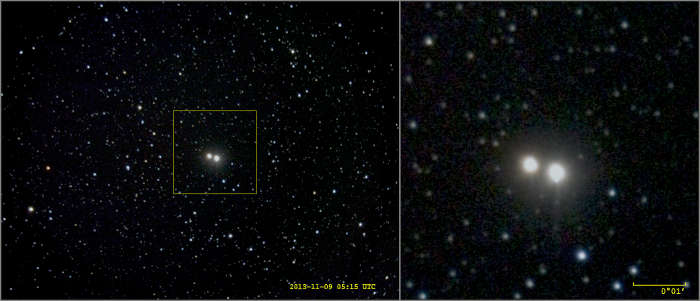
The hand of creation by John Byrne from Green Lantern: Ganthet's Tale
There are several explanations: an unexpected noise' source; the passage of some axions, an hypothetical particle predicted by Roberto Peccei and Helen Quinn in 1977; some neutrinos that interact with matter in a new way.
Or dark matter's traces(2). There are two new articles suggesting this; in particular the second suggests that the detected excess in XENON1T is dued by chameleons(3).
The chameleon is an(other) hypothetical particle proposed in 2003 by Justin Khoury and Amanda Weltman, that couples to matter more weakly than gravity, and so a candidate for dark matter. It has a variable mass, so the hypothetical fifth force mediated by the chameleons can evade the constraints deduced by experiments on the equivalence principle. In this way chameleons could drive the observed acceleration of the universe's expansion, but it's very difficult to verify experimentally.
- XENON collaboration. (2020). Excess electronic recoil events in XENON1T. Physical Review D, 102(7). doi:10.1103/PhysRevD.102.072004 ↩︎
- Aboubrahim, A., Klasen, M., & Nath, P. (2021). Xenon-1T excess as a possible signal of a sub-GeV hidden sector dark matter. Journal of High Energy Physics, 2021(2), 1-21. doi:10.1007/JHEP02(2021)229 ↩︎
- Vagnozzi, S., Visinelli, L., Brax, P., Davis, A. C., & Sakstein, J. (2021). Direct detection of dark energy: the XENON1T excess and future prospects. Physical Review D, 104(6). doi:10.1103/PhysRevD.104.063023 ↩︎



